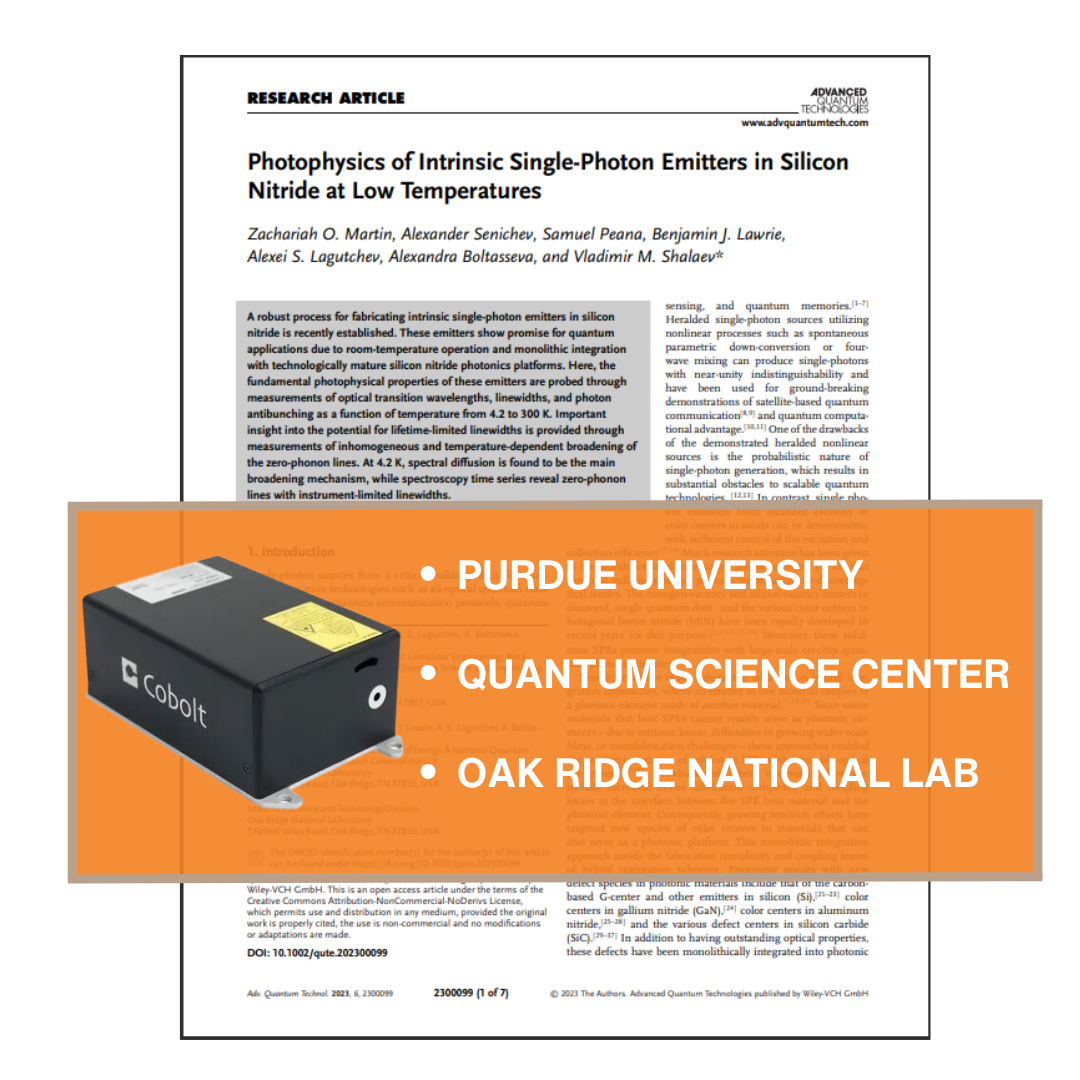Exploring Single-Photon Emission in Silicon Nitride
Photophysics of Intrinsic Single-Photon Emitters in Silicon Nitride at Low Temperatures
Researchers from Purdue University, the Quantum Science Center, and the Materials Science and Technology Division at Oak Ridge National Laboratory have made significant advancements in quantum technology with their latest study on single-photon emitters in silicon nitride. Published in the journal Advanced Quantum Technologies, the study delves into the photophysics of these emitters at low temperatures, providing crucial insights for the future of quantum computing and communication.
The study reveals that single-photon emitters, essential for quantum information technologies, can operate at room temperature and integrate seamlessly with existing silicon photonics. By testing the emitters across a temperature range from 4.2 K to 300 K, the researchers uncovered how their optical properties change with temperature. At 4.2 K, spectral diffusion was identified as the primary cause of linewidth broadening, a key factor affecting emitter performance.
To measure the photophysical properties of the emitters, the researchers employed various optical techniques, including photoluminescence spectroscopy and time-resolved spectroscopy. The 532 nm Cobolt Samba diode laser was used as the excitation source for the single-photon emitters.
These findings pave the way for developing reliable quantum devices capable of operating across a wide range of temperatures, marking a significant step forward in the quest for practical quantum technologies.
More resources
Looking for more in-depth information? Visit our Knowledge Bank page for detailed articles and insights on our products and technologies.


